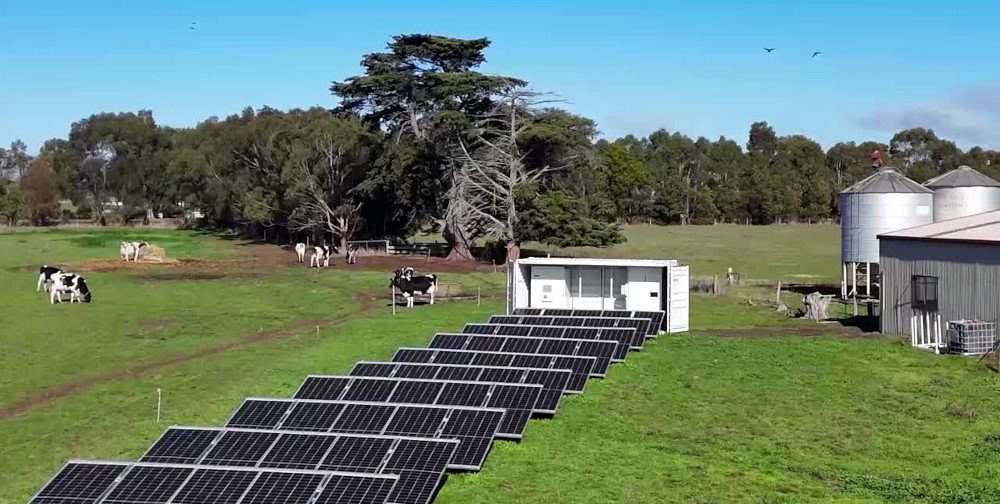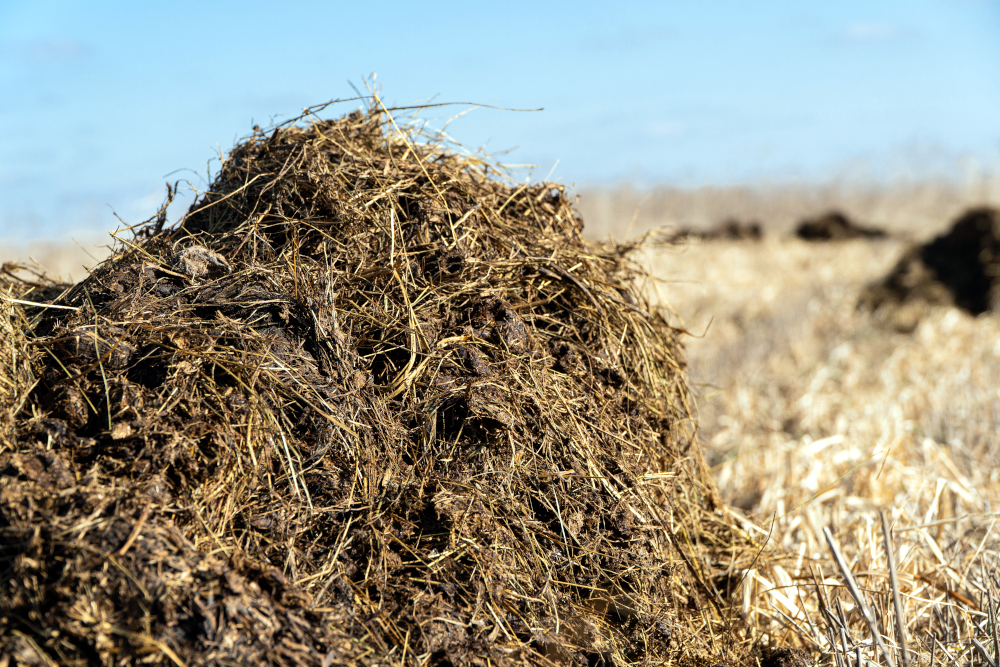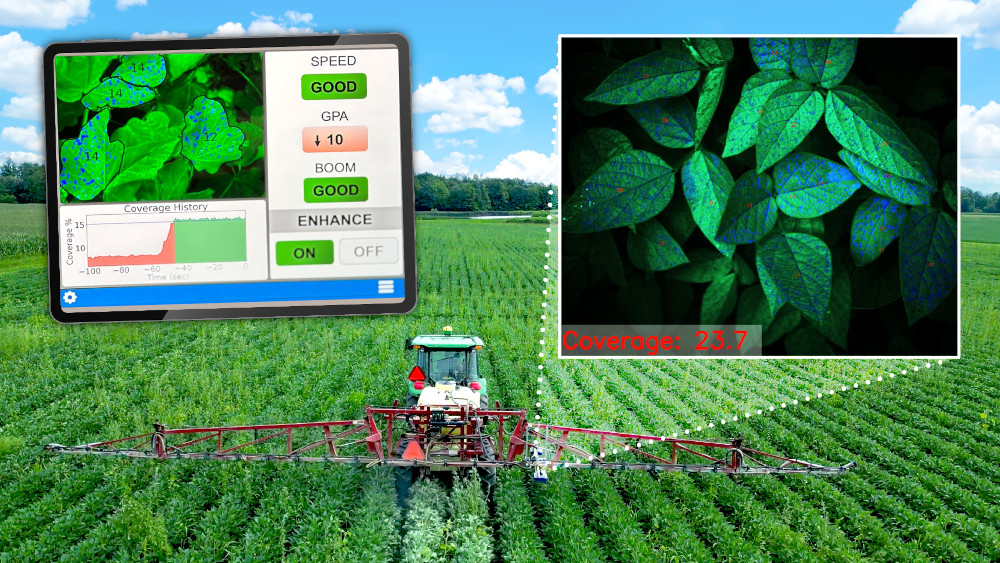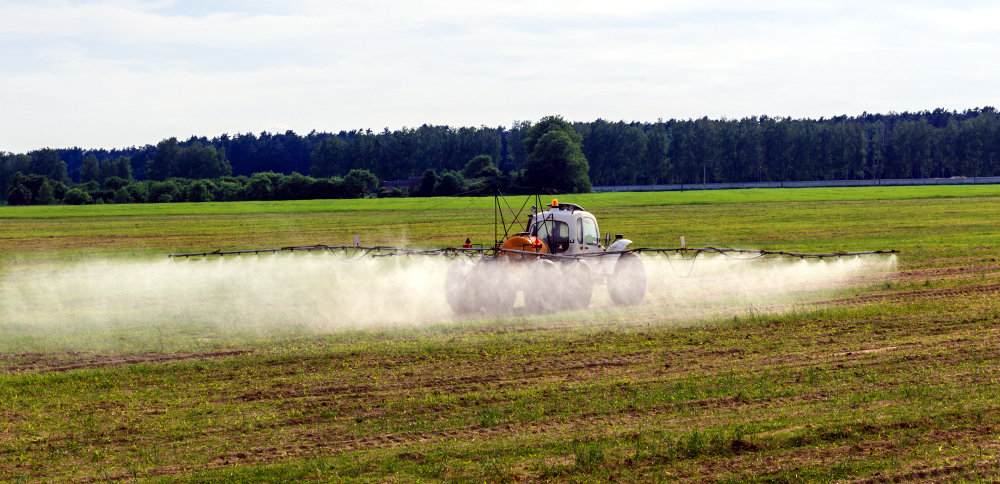Earlier this month, dairy giant Danone
announced it
had cut methane emissions from its global fresh milk supply chain by over 20
percent since 2020. That’s a big deal, given that methane is more than 80 times
more potent than carbon
dioxide
over a 20-year period.
The company — which sources milk from over 50,000 farms across 20 countries —
claims to have achieved this through a combination of feed additives, improved
manure management and more regenerative grazing
practices.
It’s the kind of
progress
we need much more of. Agriculture is responsible for about a third of global
greenhouse gas emissions; and although CO2 dominates the headlines, it’s
methane and nitrous
oxide
from farming that are doing outsized damage.
But done right, agriculture can capture carbon, restore ecosystems and feed a
growing global
population
without wrecking the planet. If we can equip farmers with the right tools and
incentives, the sector has the potential to shift from climate problem to
climate powerhouse. Fortunately, innovation is helping to turn the tide. Across
the globe, a new wave of agri-tech startups, equipment makers and science-led
initiatives are helping farmers reduce emissions without sacrificing yields,
income or food security.
In our second edition of Innovation
Watch, we
spotlight five breakthroughs making sustainable farming more viable and more
profitable — from zero-emission tractors to fertilizer made from air.
Smarter tractors: Zero-emission farm vehicles that save money and lungs
 Image credit: Moonrider
Image credit: Moonrider
Indian startup Moonrider has developed a
zero-emission, heavy-duty, all-electric tractor built to replace diesel
machines on farms, without the higher price tag.
How does it work?
The battery-powered tractor features a patent-pending, oil-cooled thermal
system; runs for seven hours on a full charge; and supports rapid recharging in
under 30 minutes. It also comes with remote diagnostics, an intuitive app and
fleet support tools — all designed to keep uptime high and costs low.
Why should climate-conscious companies care?
Because diesel tractors don’t just emit CO₂, they also release toxic
particulates that harm local air quality. With operational savings of up to 75
percent, this is a tech leap that makes sense financially and environmentally.
For brands supporting regenerative
ag or
decarbonising their value chains, zero-emission farm equipment could soon become
table stakes.
Mobile micro-grids: Clean-energy kits that power rural farms off-grid
 Image credit: PHNXX
Image credit: PHNXX
Australian company PHNXX has created a modular
micro-grid system (MMS) that gives farms a fast, flexible way to adopt
renewable energy.
How does it work?
The MMS integrates solar, wind and battery storage in a containerized unit that
can be deployed in days. It can run independently or alongside national grids
and uses real-time IoT to optimise usage. Unlike traditional systems, it’s built
to move and scale as needed.
Why should climate-conscious companies care?
Because it eliminates the twin barriers of high upfront costs and complex
installs. For farms in remote or unstable energy zones, it means more
reliability and less diesel use. And for companies depending on low-carbon
agri-sourcing, it’s a practical and proven way to cut emissions at the farm
level.
Circular fertilizer: Turning organic waste into carbon-negative soil nutrient
 Image credit:
Jenyasmyk
Image credit:
Jenyasmyk
UK startup Kairos Carbon has developed a
closed-loop system that turns agricultural and food waste into fertilizer,
clean water and carbon-negative energy — all without any added energy input.
How does it work?
The process uses hydrothermal conversion to break down organic material. It
extracts essential nutrients including nitrogen and phosphorus, sequesters
carbon underground, destroys pollutants including
PFAS,
and generates both electricity and purified water.
Why should climate-conscious companies care?
Because fertilizer production is a hidden climate driver, and this tackles the
problem at both ends — eliminating waste and scarcity — transforming would-be
environmental liabilities into usable resources. For companies looking at
regenerative agriculture or nature-based solutions, this is what circular
farming tech actually looks like. And with trials already underway, it won’t
stay niche for long.
Precision spraying: ‘Sticky’ droplets that cut chemical use, water pollution
 Image credit: AgZen
Image credit: AgZen
A spray coating technology developed at MIT helps pesticides, herbicides
and fertilizers stick to plant leaves rather than bouncing off — cutting
chemical use, runoff and costs.
How does it work?
The system coats each droplet with a microscopic layer of oil, dramatically
improving its adhesion to the leaf surface. In tests, this increased
‘stickiness’ by up to 100 times. Farmers don’t need to overhaul their equipment
— just swap in a new nozzle. Familiar ag additives such as surfactants can mimic
the same effect.
Why should climate-conscious companies care?
Because inefficient spraying wastes money and pollutes waterways. The startup
behind the tech, AgZen, claims its RealCoverage
platform helps cut pesticide use by up to
50 percent. And with food production under pressure, better precision means
higher yields with lower impact. It’s a win for farmers, ecosystems, and brands
chasing cleaner ag footprints.
Air-to-ammonia: Clean fertilizer made from wind and air; no fossil fuels required
 Image credit:
Aksakalko
Image credit:
Aksakalko
Researchers from Stanford University and King Fahd
University of Petroleum and Minerals have developed
a zero-emissions way to make
ammonia
— the building block of synthetic fertilizers — without relying on fossil fuels.
How does it work?
Instead of using natural gas and high-pressure reactors, the device pulls water
vapor and nitrogen from the air. Wind energy drives the air through a
catalyst-coated mesh that facilitates ammonia synthesis at room temperature and
pressure — no heat, no emissions, no heavy infrastructure.
Why should climate-conscious companies care?
Because traditional ammonia production emits 450 million tonnes of CO₂ a
year
— more than the UK. This method could allow farmers to generate carbon-free
fertilizer locally, on demand. It’s not on the market yet, but field-ready
versions could transform off-grid and smallholder farming, and slash the
footprint of food production.
Get the latest insights, trends, and innovations to help position yourself at the forefront of sustainable business leadership—delivered straight to your inbox.
Tom is founder of storytelling strategy firm Narrative Matters — which helps organizations develop content that truly engages audiences around issues of global social, environmental and economic importance. He also provides strategic editorial insight and support to help organisations – from large corporates, to NGOs – build content strategies that focus on editorial that is accessible, shareable, intelligent and conversation-driving.
Published Jun 10, 2025 8am EDT / 5am PDT / 1pm BST / 2pm CEST